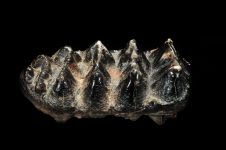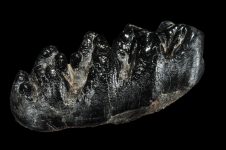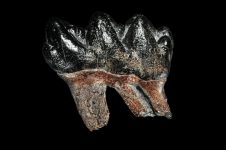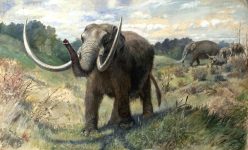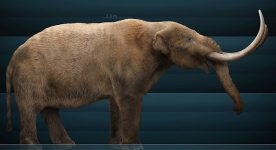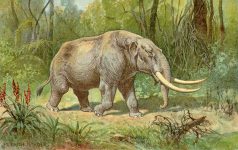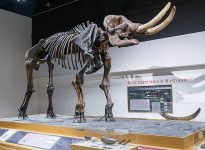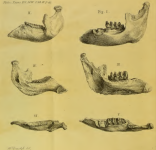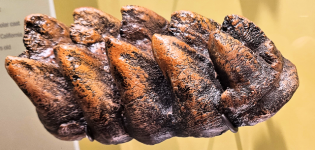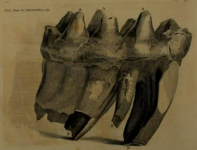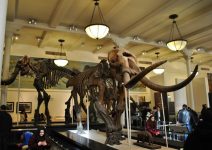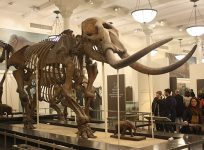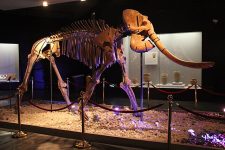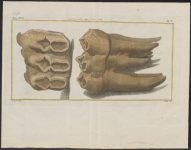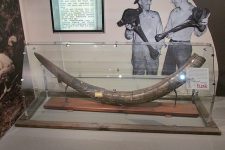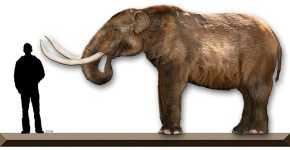MASTODON
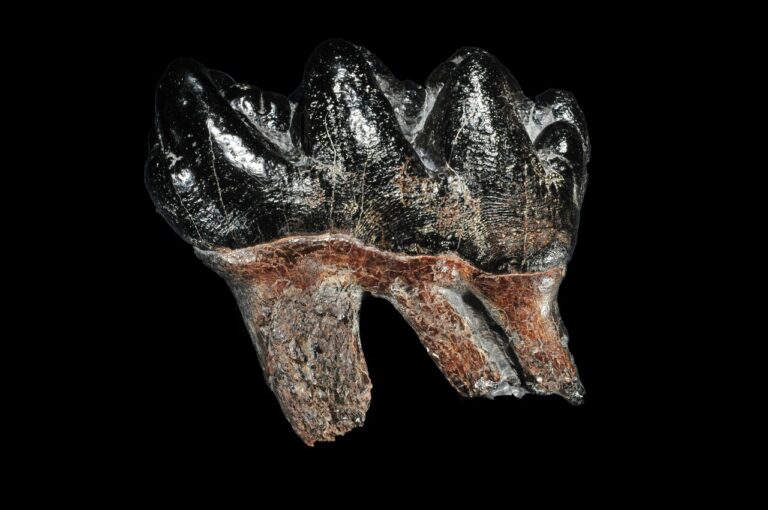
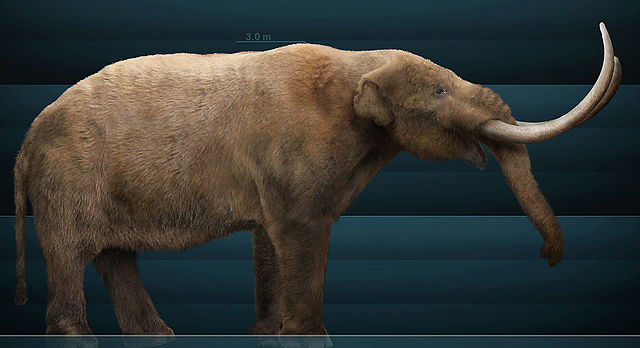
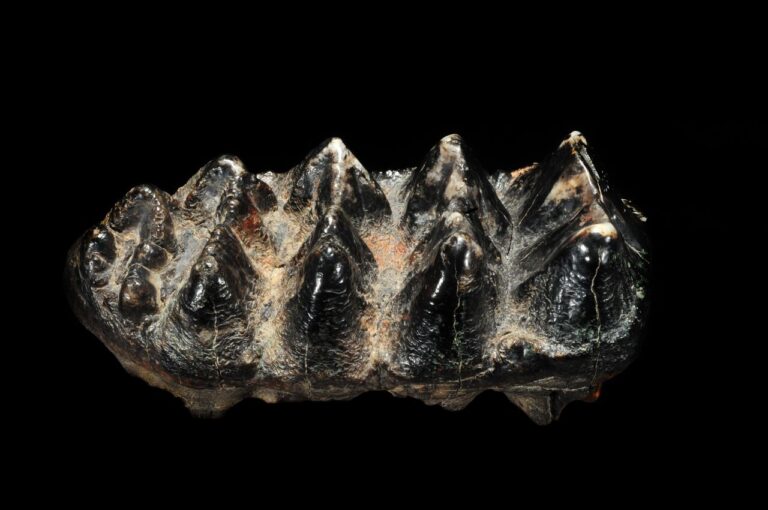
MASTODON
Mastodons were large, extinct mammals belonging to the order Proboscidea, which also includes elephants and mammoths. They roamed the Earth during the Pleistocene epoch, approximately 3.7 million to 11,000 years ago. Mastodons are notable for their distinctive tusks and teeth, adapted for feeding on a diet of leaves, twigs, and other vegetation. In this exploration, we delve into the anatomy, evolution, habitat, extinction, and scientific significance of mastodons.
Anatomy and Physical Characteristics
Mastodons were robust animals with a body structure similar to modern elephants, though with several distinct features:
Size: They were typically smaller than mammoths but larger than modern elephants, with adult mastodons standing about 8 to 10 feet (2.4 to 3 meters) tall at the shoulders.
Tusks: Mastodons had long, curved tusks composed of ivory, which protruded from their upper jaws. Unlike mammoths, mastodons’ tusks were straighter and less spiraled.
Teeth: Their teeth were adapted for grinding tough vegetation and had cone-shaped cusps, unlike the flat-topped teeth of mammoths and modern elephants. These dental adaptations allowed mastodons to efficiently chew and digest coarse plant material.
Evolutionary History
Mastodons evolved in North America during the late Miocene epoch and diversified into various species during the Pleistocene epoch. They were part of a broader radiation of proboscideans that adapted to diverse environments across different continents. Mastodons migrated into Eurasia and Africa, where they evolved into separate lineages, distinct from the mammoths and elephants found in those regions.
Habitat and Distribution
Mastodons inhabited a range of environments, including forests, grasslands, and wetlands, throughout North America. Fossil evidence suggests they were particularly abundant in regions with ample vegetation and water sources, such as river valleys and coastal plains. Mastodons were well adapted to cold climates during the Pleistocene, with their thick fur and physiological adaptations enabling them to survive in harsh conditions.
Diet and Feeding Behavior
Mastodons were herbivores that primarily fed on a variety of plant materials, including leaves, twigs, and shrubs. Their teeth were adapted for grinding and chewing coarse vegetation, allowing them to extract nutrients efficiently from fibrous plant matter. Mastodons likely played a crucial role in shaping ancient ecosystems by influencing vegetation dynamics through browsing and foraging behaviors.
Extinction
The extinction of mastodons occurred around 11,000 years ago during the late Pleistocene epoch, coinciding with other megafaunal extinctions across North America and around the world. Several factors may have contributed to their decline and eventual extinction:
Climate Change: Fluctuations in global climate during the late Pleistocene, including periods of rapid warming and cooling, may have altered vegetation patterns and reduced suitable habitats for mastodons and other large mammals.
Human Impact: The arrival and spread of early human populations in North America, particularly during the late Pleistocene and early Holocene periods, likely had significant impacts on mastodon populations through hunting, habitat alteration, and competition for resources.
Ecosystem Changes: The loss of megafaunal species, including mastodons, may have disrupted ancient ecosystems and contributed to cascading effects on plant communities, predator-prey dynamics, and nutrient cycling processes.
Scientific Significance
Mastodons hold significant scientific importance as key indicators of ancient biodiversity, climate change, and human impacts on prehistoric landscapes. Fossilized remains of mastodons provide valuable insights into their anatomy, behavior, and evolutionary relationships with other proboscideans. By studying mastodon fossils and associated sediments, researchers can reconstruct past environments, track changes in biodiversity, and investigate the factors contributing to megafaunal extinctions during the late Pleistocene.
Cultural Significance
Throughout history, mastodons have captured the imagination of humans and featured prominently in cultural narratives, myths, and artistic representations. Early human populations in North America interacted with mastodons, utilizing their bones, tusks, and ivory for tools, weapons, and ceremonial objects. Mastodons have inspired scientific curiosity, artistic creativity, and a deeper appreciation for the ancient history of Earth’s megafauna and the interconnectedness of human cultures with natural ecosystems.
Conservation and Preservation
Efforts to protect and preserve mastodon fossils and associated archaeological sites are critical for maintaining their scientific and cultural value. National parks, museums, and research institutions play essential roles in safeguarding mastodon fossils, promoting public education, and supporting ongoing research into Earth’s ancient biodiversity and evolutionary history.
